
Light Bulbs: How to avoid glare and harsh light
Search
Main Article: Choosing the Right Light Bulb: Everything you Need to know
Understanding Glare from Light Bulbs
In this guide, we'll delve into the concept of glare, explore its causes, and examine how different lighting choices, from the types of light bulbs to the design of lampshades, can make a significant difference.
What is Glare Exactly?
Defining Glare
Glare is an optical phenomenon that occurs when a light source is too bright compared to its surroundings, leading to visual discomfort. It can be a persistent problem in various settings, including homes, offices, and public spaces. Glare can cause squinting, discomfort, and temporary vision impairment, making it challenging to see clearly. Remember that your eyes adjust to brightness, and glaring lights can make other things in the room appear darker. There are two main types of glare:
- Disability Glare: This type occurs when bright light interferes with vision, making it difficult to see objects in the same field. For example, staring directly at a bright light bulb can obscure your ability to see other items in the room.
- Discomfort Glare: This type leads to a feeling of annoyance or discomfort, even if it doesn't impede vision. For example, a bright reflection on a screen or a harsh overhead light can make you feel uneasy without completely blocking your view.
Understanding glare is essential for creating a comfortable and functional living or working space. It affects not just visual comfort but also mood and productivity.
How Does Glare Occur?
The Science Behind Glare
Glare results from a significant difference in brightness levels within a field of view. Our eyes adapt to light conditions, but extreme contrasts can overwhelm them. For instance, if you're in a dimly lit room and suddenly look at a bright light bulb, your pupils might not react quickly enough to protect you from the sudden brightness. This can cause discomfort and temporary blindness, even if just for a moment.
Factors Contributing to Glare
Several factors contribute to glare, including:
- Light Source Position: The placement of light sources affects glare significantly. When a light is directly in your line of sight, it's more likely to cause glare. For example, a ceiling light positioned directly above a desk can create harsh shadows and bright spots that distract from work.
- Room Design: The layout and colors in a room can either absorb or reflect light. Bright, shiny surfaces like polished floors and glass can intensify glare, while darker or matte surfaces tend to absorb light, reducing glare.
- Time of Day: Natural light can also play a role. For instance, during sunny afternoons, sunlight streaming through windows can create harsh glare, especially on glossy surfaces.
The Role of Line of Sight in Glare
Understanding Line of Sight
Your line of sight refers to the direct path your eyes take when looking at an object. This is crucial when considering glare from light sources. If you look directly at a light bulb, especially one that is exposed, the intensity of the light can overwhelm your vision, leading to glare.
Adjusting Line of Sight
To minimize glare, consider the following strategies:
- Positioning: Place light fixtures in a way that they are not directly in your line of sight. For instance, wall sconces or lamps placed to the side can provide ample light without causing glare.
- Lighting Angles: Use adjustable fixtures that can direct light where needed without shining directly into your eyes. This is particularly useful in areas where you read or work. A shade on the light fixture or lamp can help funnel light to where it's useful.
- Portable Lamps: For reading or focused tasks, consider moving lamps to the side or behind your seating area. This can help illuminate the page or workspace without the light source being directly in your line of sight, reducing glare and improving comfort.
The Impact of Ceiling Light Fixtures and Lamps with Shades
Ceiling Light Fixtures
Ceiling fixtures, such as flush mounts or pendant lights, can sometimes cast harsh shadows and create a glare-filled environment. The height at which they are installed also plays a significant role. A fixture that's too low can create a direct line of sight to the bulb, leading to increased glare.
Lamps with Shades
Lamps equipped with shades serve multiple purposes:
- Light Diffusion: Shades diffuse light, spreading it evenly across the room. This reduces harsh shadows and minimizes glare by softening the light output.
- Directing Light: Many lampshades are designed to direct light downwards or outwards, allowing for better control over the lighting in a room. This can create a more inviting atmosphere and reduce glare.
- Aesthetic Appeal: Beyond their functional benefits, shades come in various styles, colors, and materials, allowing you to customize your space while improving lighting quality.
Types of Lampshades
- Opaque Shades: These shades block direct light and create a soft glow, making them ideal for reducing glare in cozy spaces like bedrooms or living rooms.
- Translucent Shades: These allow some light to pass through while still softening the overall illumination. They work well in areas where you want a balance between brightness and comfort.
- Reflective Shades: These can direct light upward or outward, creating ambient lighting. However, they can sometimes cause glare if not positioned correctly.
The Purpose of Lamp Shades and Diffusers
Understanding Diffusers
Diffusers are materials that spread light, reducing intensity and creating a more even light distribution. They can be found in various lighting fixtures, including table lamps, ceiling lights, and wall sconces.
Benefits of Using Diffusers
- Softening Light: Diffusers help to soften harsh light, making it easier on the eyes and reducing glare. They scatter light in different directions, preventing any single point from being overly bright.
- Improving Aesthetics: Beyond their functional benefits, diffusers can enhance the overall aesthetic of a space by creating a warm and inviting atmosphere.
- Enhancing Visual Comfort: By minimizing glare, diffusers can improve visual comfort, especially in workspaces where prolonged exposure to bright light can lead to eye strain and fatigue.
The Role of Color in Glare Reduction
Color Temperature
Color temperature is measured in Kelvin (K) and describes the hue of a light source. Light can range from warm (yellowish) to cool (bluish) tones. Understanding color temperature is essential for selecting bulbs and shades that minimize glare.
- Warm Light (2700K-3000K): Warm lights are softer and tend to create a cozy atmosphere. They generally produce less glare, making them suitable for living areas and bedrooms.
- Cool Light (4000K-5000K): Cool lights, while bright and energizing, can sometimes produce more glare, especially in reflective spaces. These are often better suited for workspaces or areas requiring focused lighting.
The Color of Lampshades
The color of a lampshade can also influence glare levels:
- Light-Colored Shades: Light shades reflect more light, which can sometimes increase glare if the bulb is particularly bright. However, they can also help to brighten a room if used in moderation.
- Dark-Colored Shades: Dark shades absorb more light, reducing glare. They create a softer light quality that can be more comfortable for reading or relaxing.
Different Bulb Types and Their Impact on Glare
Incandescent Bulbs
Incandescent bulbs have been a staple in home lighting for years. They emit a warm light and have a low color temperature, making them less likely to cause glare compared to some other types. However, their brightness can still lead to discomfort if placed directly in sight, such an exposed overhead bulb.
LED Bulbs
LEDs are known for their energy efficiency and long lifespan. However, they can produce a high amount of glare, especially if they are bright or improperly shielded. Choosing LEDs with lower brightness levels and using them in conjunction with diffusers or shades can help mitigate glare.
CFL Bulbs
Compact Fluorescent Lamps (CFLs) tend to emit a cooler light, which can create more glare. Similar to LEDs, it's essential to use them with shades or diffusers to reduce direct light exposure.
Tips for Reducing Glare in Your Space
Practical Suggestions
- Use dimmable switches to adjust brightness levels according to your needs.
- Incorporate multiple light sources at different heights and angles to create a balanced light environment.
- Choose lamps with adjustable arms or heads for directing light where needed.
- When possible, utilize natural light to reduce reliance on artificial lighting. Use window treatments that diffuse sunlight without blocking it completely, creating a pleasant ambiance without excessive glare.
In Conclusion
By considering factors like the type of bulb, the color and design of lampshades, and the positioning of light fixtures, you can significantly reduce glare and enhance visual comfort.
When selecting lighting for your space, remember that it’s not just about brightness; it's about achieving a balance that fosters comfort and well-being. With the right choices, you can enjoy a well-lit space that invites relaxation and productivity without the annoyance of glare.
Learn more about Light Bulbs
The different types of light bulb technologies
Choosing the right light bulb base for the socket
How to safely screw in various kinds of light bulbs
The different shapes of light bulbs
Smart Bulbs, their benefits and features
How to find the brightness of a light bulb
The different colors of bulbs, warm white, cool white and more
What are Full Spectrum and Natural Daylight bulbs?
What is Color Rendering Index (CRI), and why does it matter
How to avoid glare and harsh light
Wattage, what is it and does it matter?
When light bulbs get hot take safety precautions
How long do they last and when will they need replacing
How much do they really cost to run?
Explore Topics

Table of Contents
Light Bulbs: How to avoid glare and harsh lightUnderstanding Glare from Light BulbsWhat is Glare Exactly?How Does Glare Occur?The Role of Line of Sight in GlareThe Impact of Ceiling Light Fixtures and Lamps with ShadesThe Purpose of Lamp Shades and DiffusersThe Role of Color in Glare ReductionDifferent Bulb Types and Their Impact on GlareTips for Reducing Glare in Your SpaceIn ConclusionLearn more about Light BulbsCommentsShopping Ideas
Trending
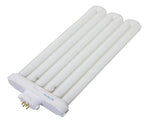
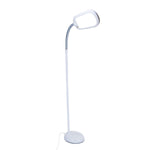

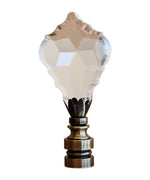

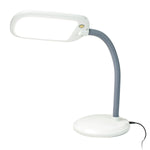




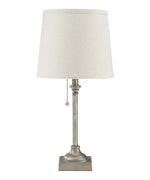


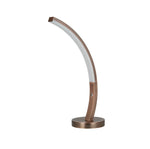
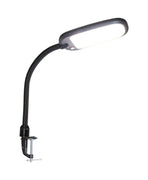


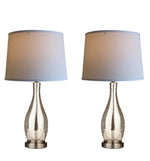
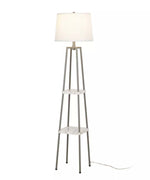










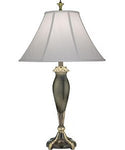

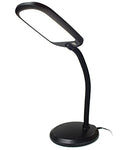


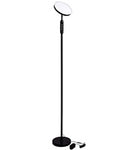

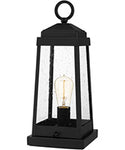
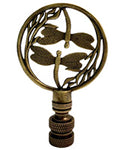
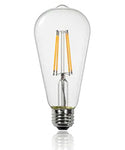
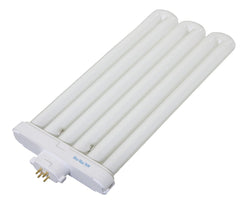
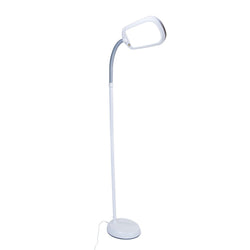
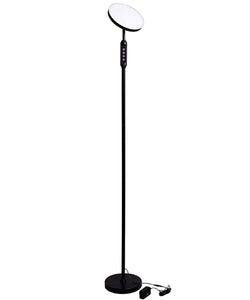
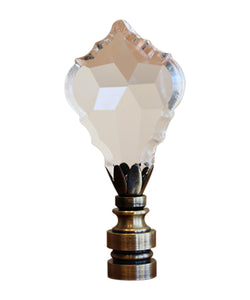


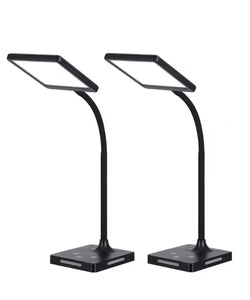

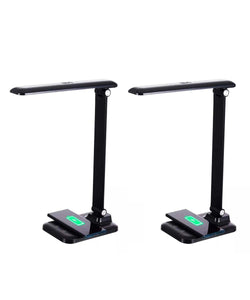


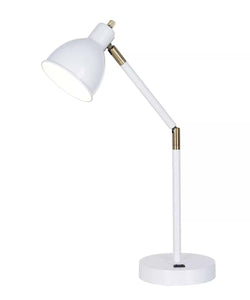
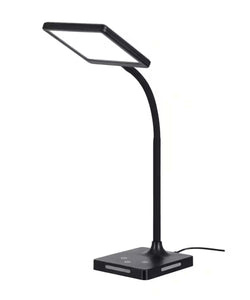

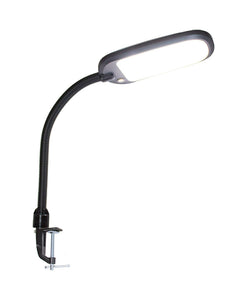

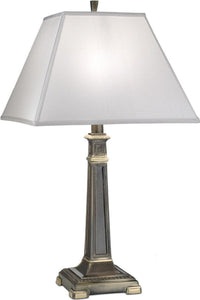

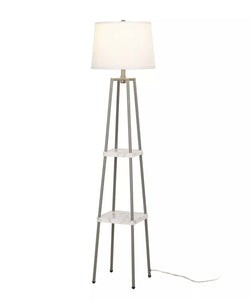
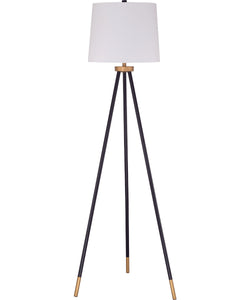
Comments